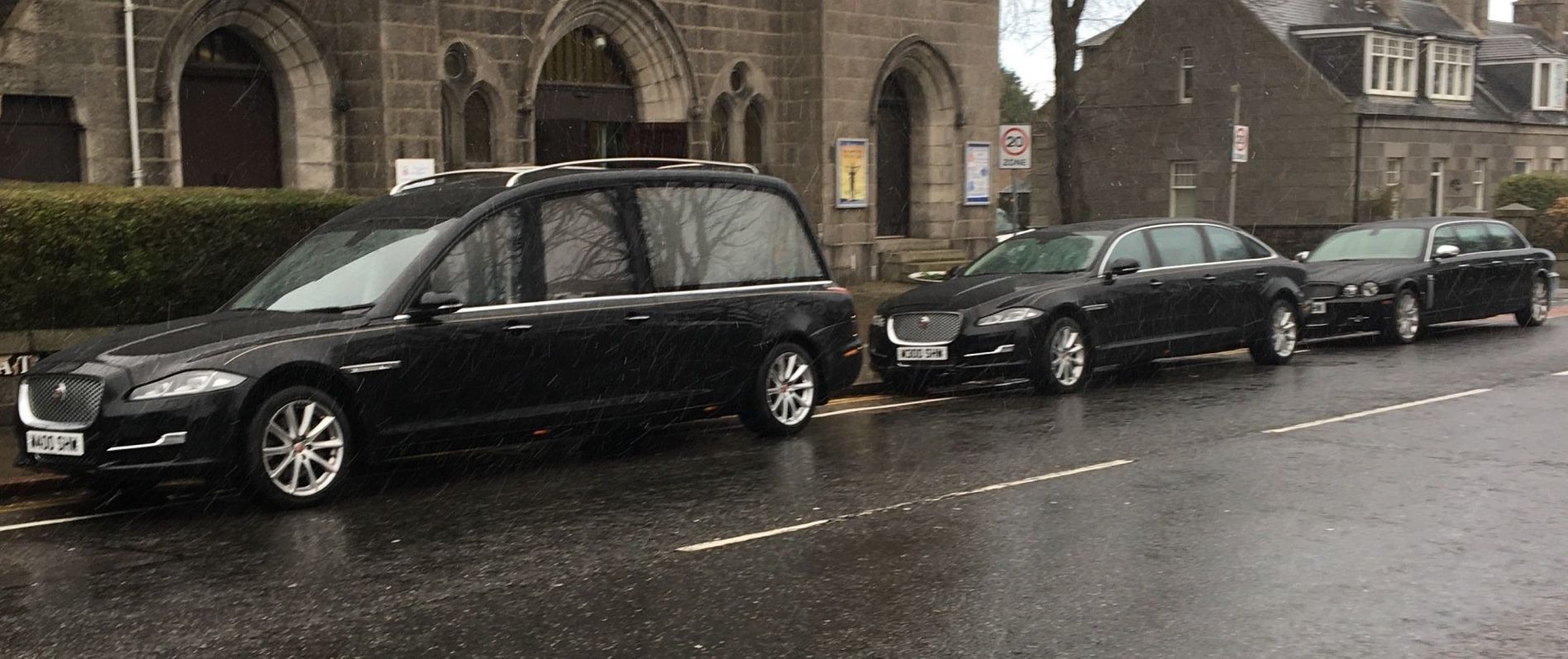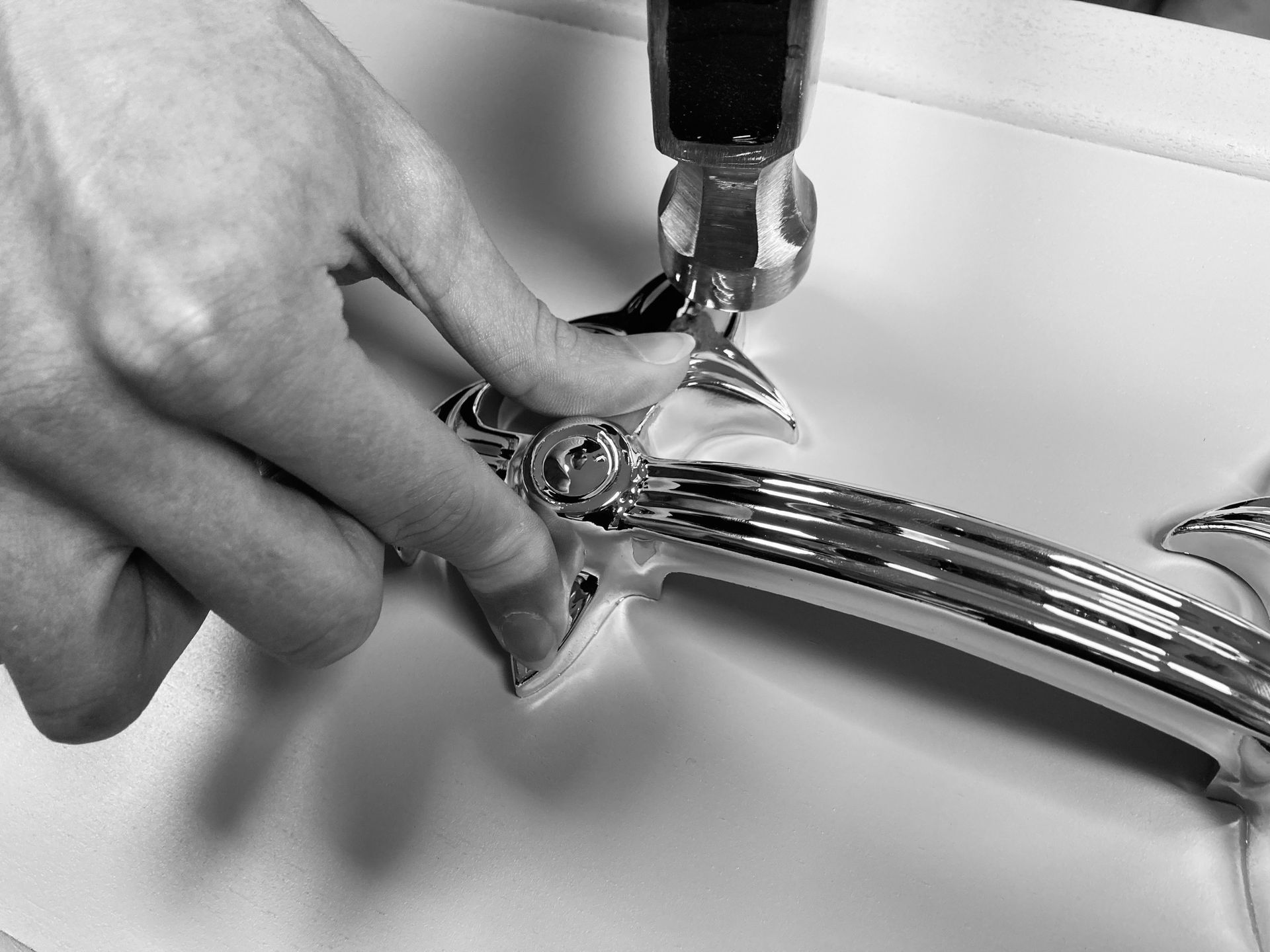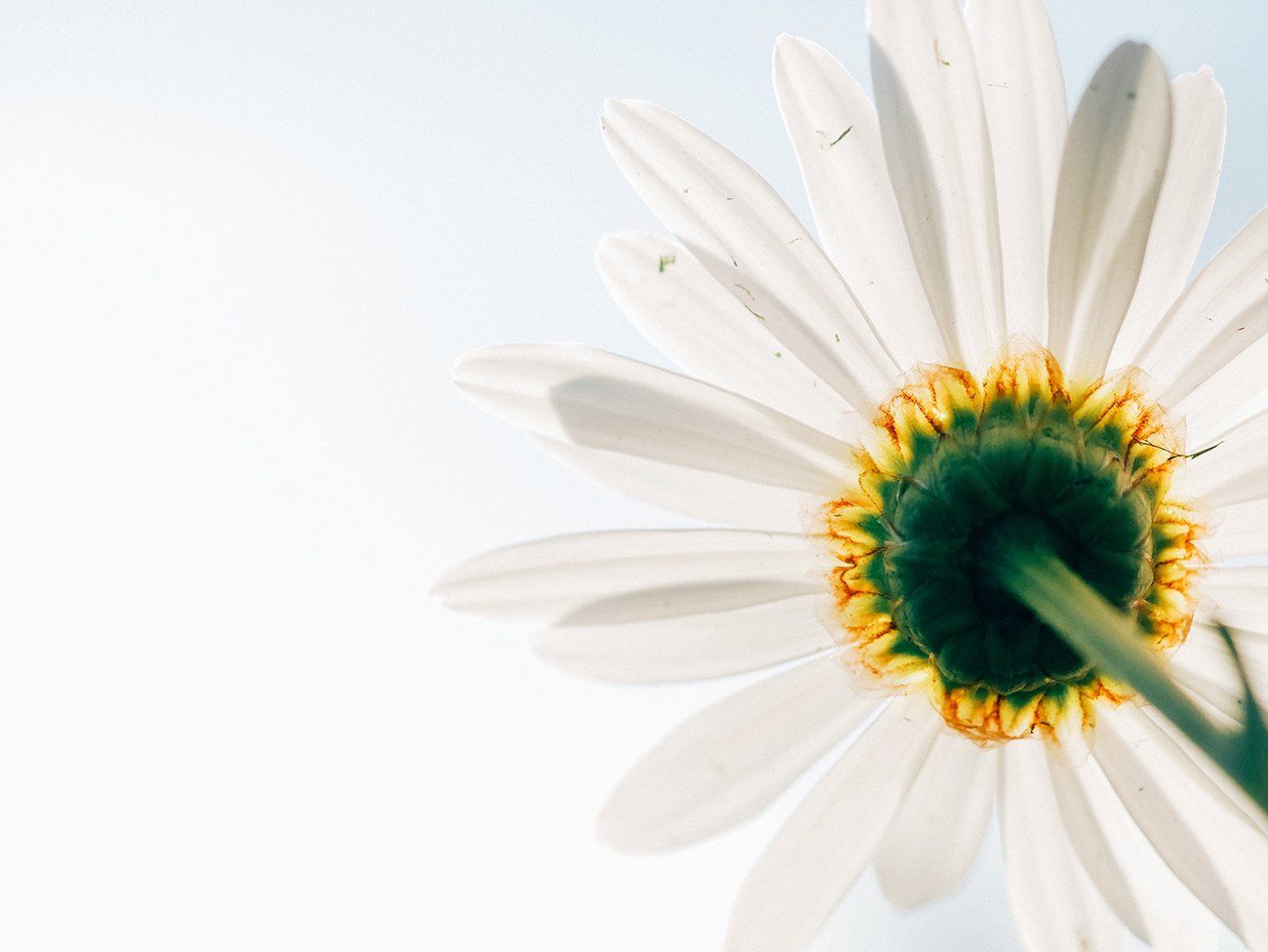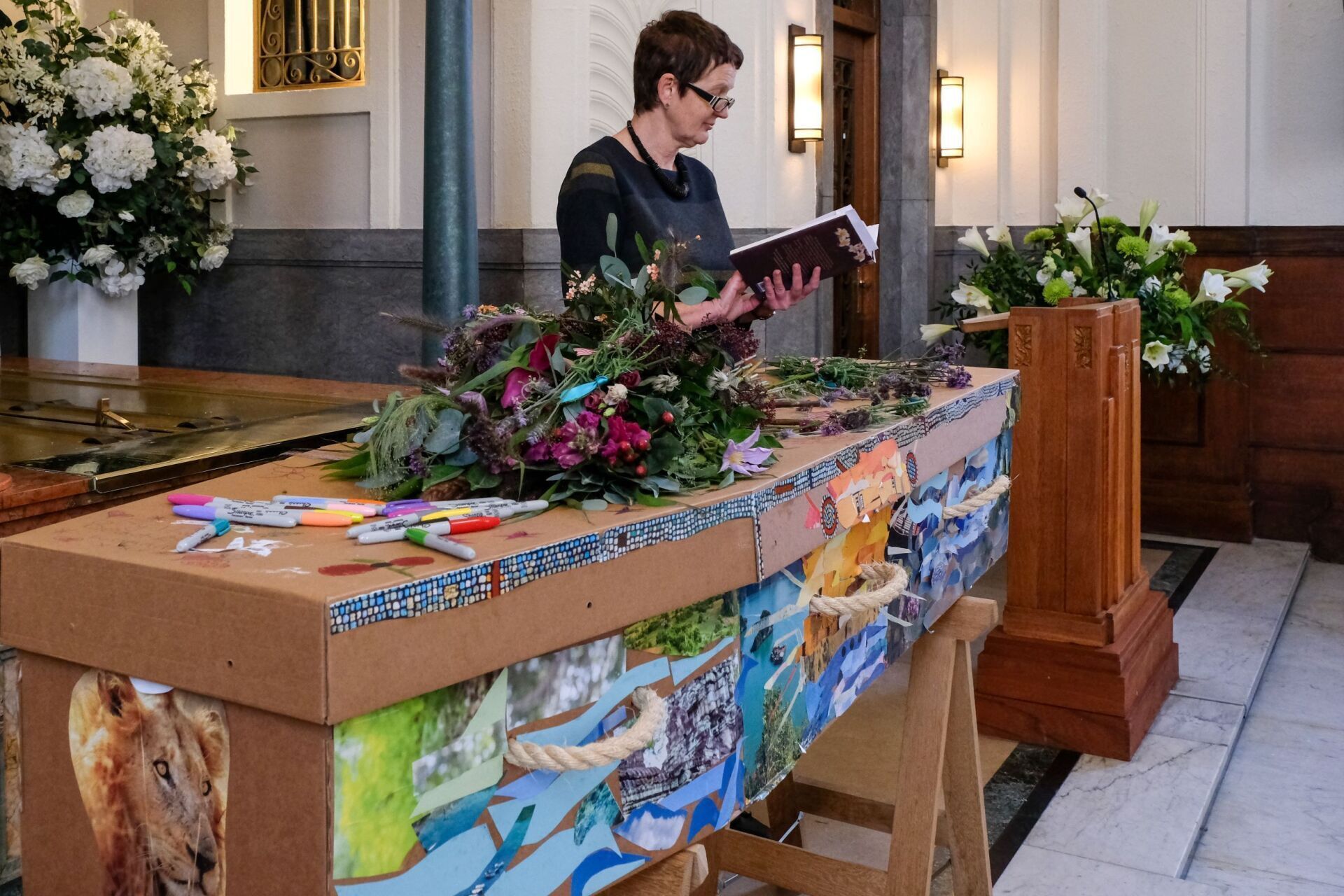Funerals during and since COVID
Reflecting on funerals during and since COVID - what have we learned?
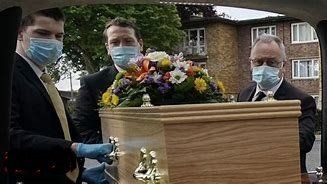
It can seem
strange to sit and reflect back on the last 2 or so years.
In March 2020,
the news broadcast images of Italian military lorries transporting deceased
people who had died in the pandemic as the local funeral profession had
crumbled both with the increased volume of deaths and sickness within their own
teams.
While in
disbelief that such a thing could happen in the North East of Scotland, as
owner of a private funeral directors, I had to wander if such a thing could ever happen here.
How would we
cope? what if we had no staff due to illness? what if we had deceased in our care but could
not source coffins, nor book cremation times as quickly as we needed? What about the families of those whose deaths
had nothing to do with COVID and expected our full usual services?
Things
quickly changed and within days, we were officially in lockdown. Well, we along with the other essential
workers continued on, completely unsure of what lay in store, unsure of the
risks we faced daily as a certain amount of face to face contact had to
continue.
Within 30
minutes of Boris Johnson’s lockdown
announcement, we had families phoning in tears and panic. Funerals which had already been booked –
would they be allowed to be there? We
knew nothing more about the rules than had been broadcast by the BBC.
There were
of course many variations in the rules, along with ongoing changes. During the height of restrictions, we
conducted burials in at least seven Local Authority areas, and attended three different crematoria. Each had a different
interpretation of the rules to contend with and explain to families. I don’t believe the rules in our North East
area were in any way compromised, however I do believe the people of the North
East were thankfully afforded slightly more freedom and family choice within the confines
of safety than in other areas where the restrictions seemed at times
harsh. That said, a duty of care was
owed to staff, and should a team of cemetery or crematorium staff have been
forced into isolation, the implications could have been severe.
Staff safety
had to play part of our own consideration.
How do we work together while maintaining social distance? In a global shortage of PPE, where do we get what we need - and at what cost? We would never of thought someone could work
from home in our business, but out of necessity, we had a home worker over
night.
As with
every sector of life which became restricted, to realise that funerals would
not happen in any regular way for the foreseeable future seemed impossible. No gatherings of more than essential family,
no family cars, and very little official guidance as to what was safe in terms
of family visiting their loved ones at the funeral home.
The first
response was that simple funerals will go ahead – and later perhaps in October
/ November (when we assumed everything would be back to “normal”) people would
hold memorial services. The ceremony and
paying of respects, the public grief and expressions of sympathy and support
from friends would still happen.
However, as
time moved on and normal seemed increasingly illusive, many people realised
that their journey through grief had also moved on and the thought of going
back to the type of ceremony that is planned in the early and raw days off loss
seemed only to provide a way to reinvigorate the waves of grief.
While I know that many families have taken time to gather and remember, some in
formal occasions – perhaps others making room in regular family life to honour
those they have lost, the blanket provision of memorial services has never
materialised and perhaps understandably so.
So how did
people have “COVID funerals”?
Those who
were afforded the opportunity to gather in small numbers probably had a far
more personal family centred occasion than they might have had at a service
with several hundred people. The support
that comes from such a gathering can undoubtedly be a great comfort and allows
the many people whose lives have been touched by a death to join together. But in some ways, this puts a different kind
of pressure on family. To look after the
mourners, to smile nicely to everyone and accept the many well intended condolences.
To remain composed, dignified, and all the other things that some people think
they ought to do and be at a funeral.
We had
people in our chapel for private gatherings who privately broke their
hearts. Some stood and spoke whether to
the deceased or the small company with them with an honesty and clarity of
expression which might have been masked in front of 200 hundred or so mourners
from all walks of life. Other families laughed
heartily as they informally shared stories, memories and jokes – perhaps joined
on ZOOM (our new friend)
Of course,
neither of these responses is prevented at a larger funeral. But sometimes a necessarily smaller gathering
just gives the freedom to be more authentic and less inhibited at such a time.
Undoubtedly,
with so many restrictions, for those who were able to view their loved one in
our rest rooms, this was a particularly important opportunity – perhaps having
not seen their relative for weeks in hospital or a care home.
Live
streaming funerals pre-COVID would probably have been pushing at the bounds of
taste for some – let alone doing a Facebook “live” from a funeral. Yet with so
many special people unable to be present, this became a new normal and indeed
has continued to be a valuable aspect of many funerals. Families can be spread out nationally and internationally,
older or frail relatives who cant travel are still able to join the proceedings.
Often we
drove the hearse past family houses or places of note. The friends unable to attend the funeral
within the capacity restrictions could come out and give their round of
applause or pay their respects as they wished.
Once we drove through a guard of honour formed by tennis rackets all
raised in honour of the lost club member.
Another occasion, as we approached the gathered crowned I was surprised
to see how many people were holding up what I presumed to be phones to film or
take pictures. As we got nearer, I
realised they were holding up glasses to drink a toast as the hearse
passed.
So many ways
that regardless of restrictions, people found they could still say “this
persons life mattered to me, I share in the sense of loss, and I extend my
sympathy and condolences to their family who feel their loss most sorely as I
honour the one who has died”.
We still see
neighbours coming to door steps as our hearse leaves from a family home. We still benefit from streaming services to
those who can’t be present. Funerals
have returned pretty much to “normal”.
For those who draw support from larger gatherings and bringing all
concerned together – this is great. But
for those who feel that really a smaller private occasion is more suitable, we
have also learned that this too works well.
The height of COVID was undoubtedly devastating for many, although I don't believe we experienced it as badly in the North East of Scotland as we could have. As the memory of this stressful time fades, lets be thankful that we have returned to
a time when people can make the funeral choices which are right for them and their
families.
During COVID, we got very used to doing a lot of our work by telephone or email and relying on providing information online. Even the Registration of deaths became, and remains a telephone service without face to face appointments. While we believe that face to face meetings with our bereaved families are the best options, there are several circumstances where it is beneficial to be able to offer a telephone / digital service to families.
For further
details about funeral arrangements of all types, please contact Mark Shaw
Funeral Services day or night.


